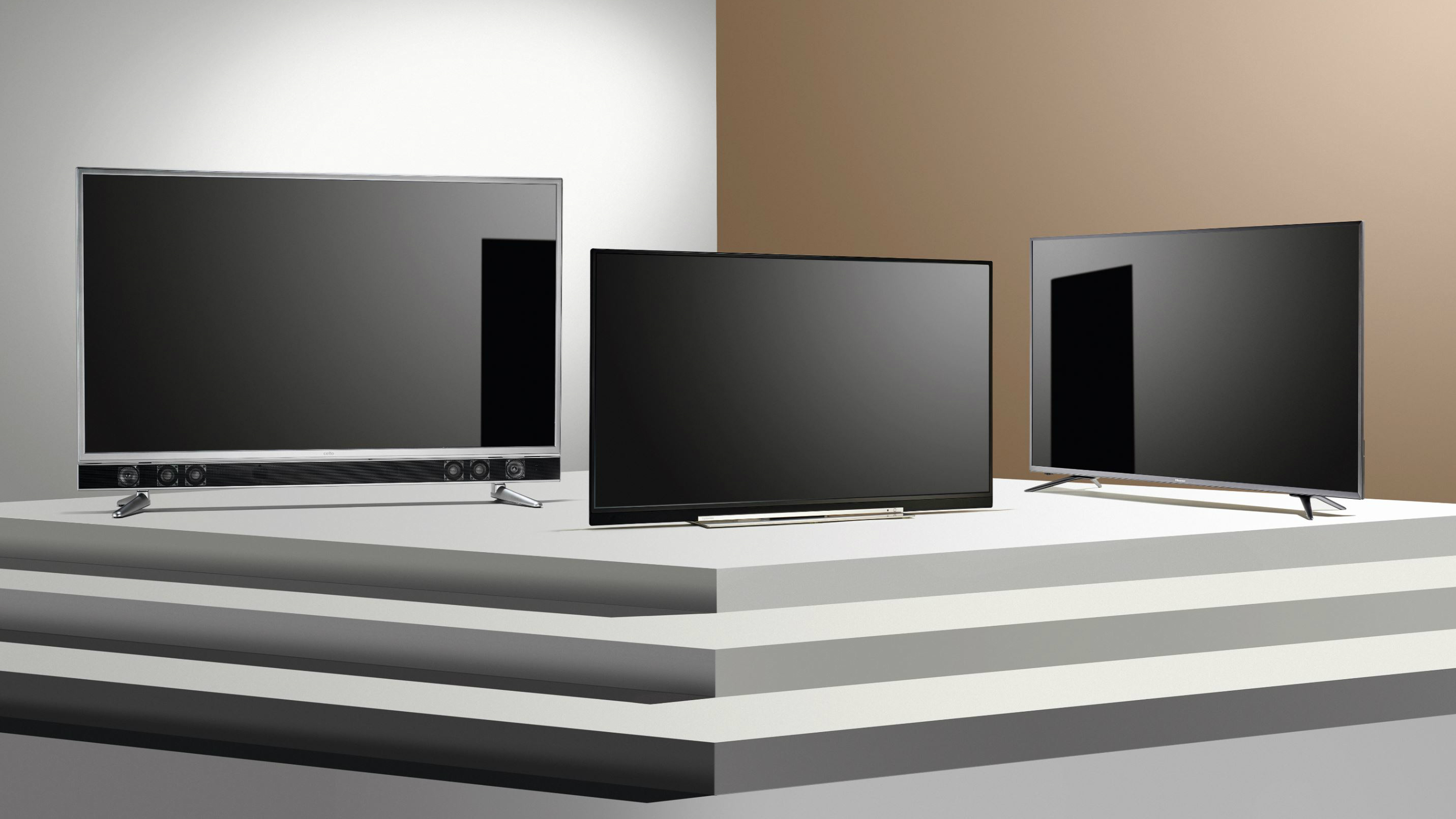

Gaming is going 4K. Programme makers are embracing extra pixels. Blu-ray has evolved. If you haven’t yet upgraded your fusty Full HD (or, heaven forfend, HD Ready) flatscreen to a UHD model, you’re running out of excuses. With virtually every TV manufacturer now touting eight-millionpixel tellies, there’s no shortage of choice, but if you’re on a tight budget, what’s the sharpest way to spend your paycheck?
All 4K TVs offer four times the pixel density of HD models, which is obviously a good thing. But they can differ hugely in specification. Would-be shoppers should remember that there’s an inescapable relationship between resolution and viewing distance. Put simply, to benefit from the extra detail any 4K TV offers you’ll need to either buy a bigger screen than the HD model you currently watch, or move your sofa nearer.
For this audition we’ve corralled three sub-£700 4K models, all of which have a slightly different selling point. New-to-the-scene (ish) British TV brand Cello goes big with a 55-inch offering from its Platinum range, and it comes with an integrated soundbar. It offers a lot of bang for your buck, but there are caveats. Toshiba’s 49-inch U7763DB taps into a growing demand for bijou UHD displays, and combines a svelte design with a wide colour gamut panel. But is small really beautiful? Finally, Hisense ups the ante by adding HDR to the equation with this astonishingly cheap 6 Series mid-range. With a growing hubbub about HDR, is this where your 4K focus should be?
Test 01: Design and build
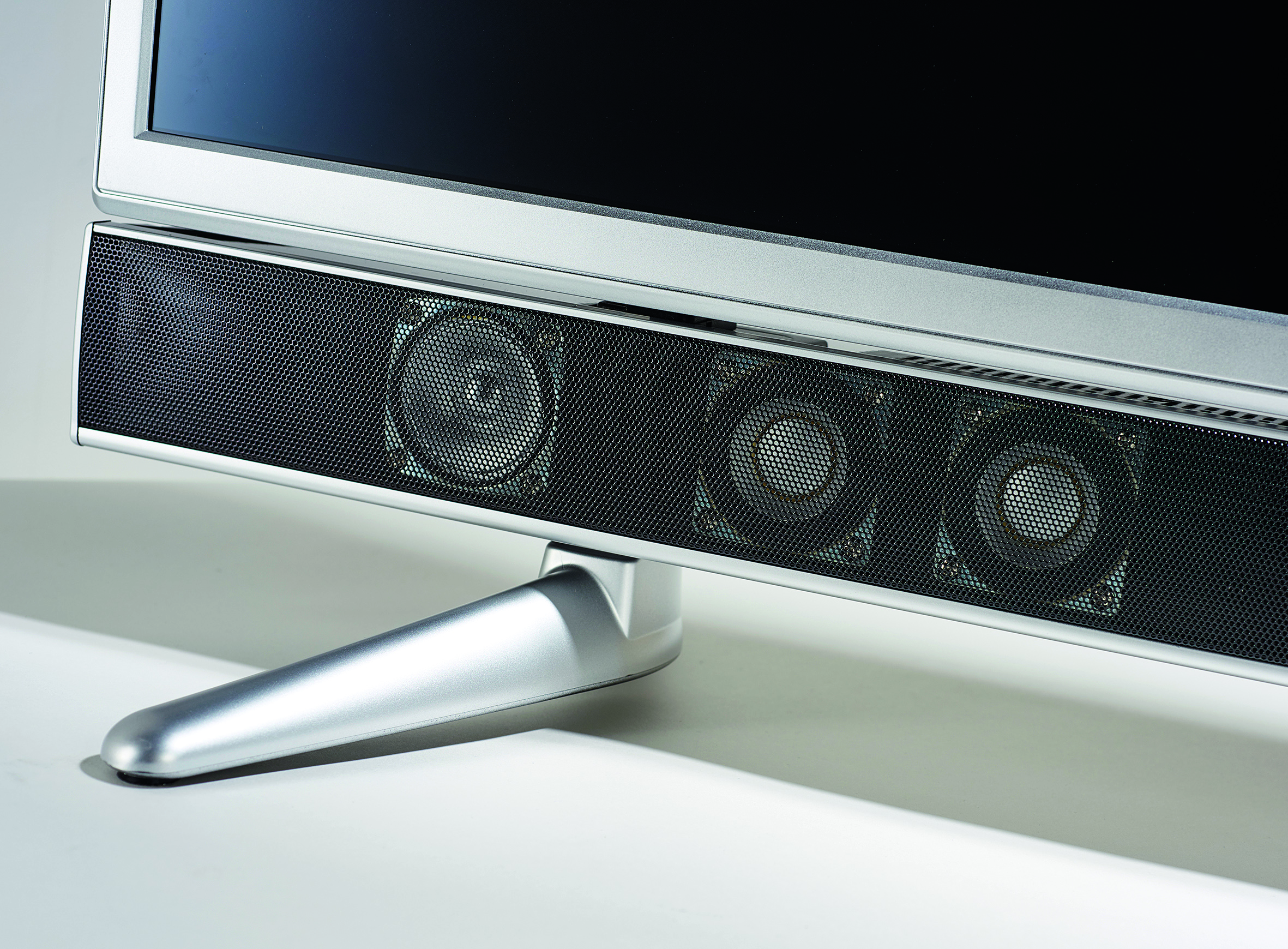
Cello may not be a familiar name, but the British manufacturer has been churning out low-cost TVs from its County Durham base for years. With the Platinum 4K range, the brand has clearly stepped up a gear. The P55ANSMT may not be the thinnest flatscreen you’ll find, but build quality is solid. Th e silvery bezel is neatly finished, while the integrated soundbar makes a striking design feature of its forward-facing driver array. Rear-side connections comprise a trio of 4K-capable HDMIs, all with HDCP 2.2, three USBs, plus stereo phono output and composite AV. Unusually, there’s also a microSD card reader. Th e tuner is Freeview HD.
By comparison, the Hisense H55N6800 is the slimmest set in our group. The thin bezel on this 50mm model is finished in a gunmetal grey, while the bolt-on feet have metallic weight. The look is minimal, but not nearly as cheap as that price tag implies. Rear-side connections are generous. Th ere are four HDMI inputs, two of which are HDCP 2.2- compliant, and three USBs (one of which is a fast 3.0 variant for timeshifting programmes onto a USB hard drive). Th ere’s also composite and component AV inputs. Th e set has both a Freeview tuner and satellite option.
With the Platinum 4K range, the Cello brand has clearly stepped up a gear
Toshiba’s 49-incher is 55mm slim, but feels rather more substantial than the Hisense. Th e black bezel is miniscule, the chromed stand fl at and heavy. A forward-facing speaker array is disguised by a slim fabric strip, not obvious until you spot it. Th e company logo is similarly difficult to distinguish on the metallic trim that hovers over the stand. Less subtle is the green LED power light, which is overly bright. Th e set also features a Freeview digital tuner, plus a generic satellite alternative. Rear connections comprise four HDMI inputs, which are all 2.0- and HDCP 2.2-compatible, three USBs (one of which is a fast 3.0 port), composite and component inputs, VGA and even a SCART.
TEST 01: WINNER
Sign up to the T3 newsletter for smarter living straight to your inbox
Get all the latest news, reviews, deals and buying guides on gorgeous tech, home and active products from the T3 experts
CELLO P55ANSMT-4K
Both Hisense and Toshiba warrant admiring glances for their minimalism, but the Cello’s integrated soundbar and synchronous finish give it a tech-tastic design edge.
Test 02: Smart interface
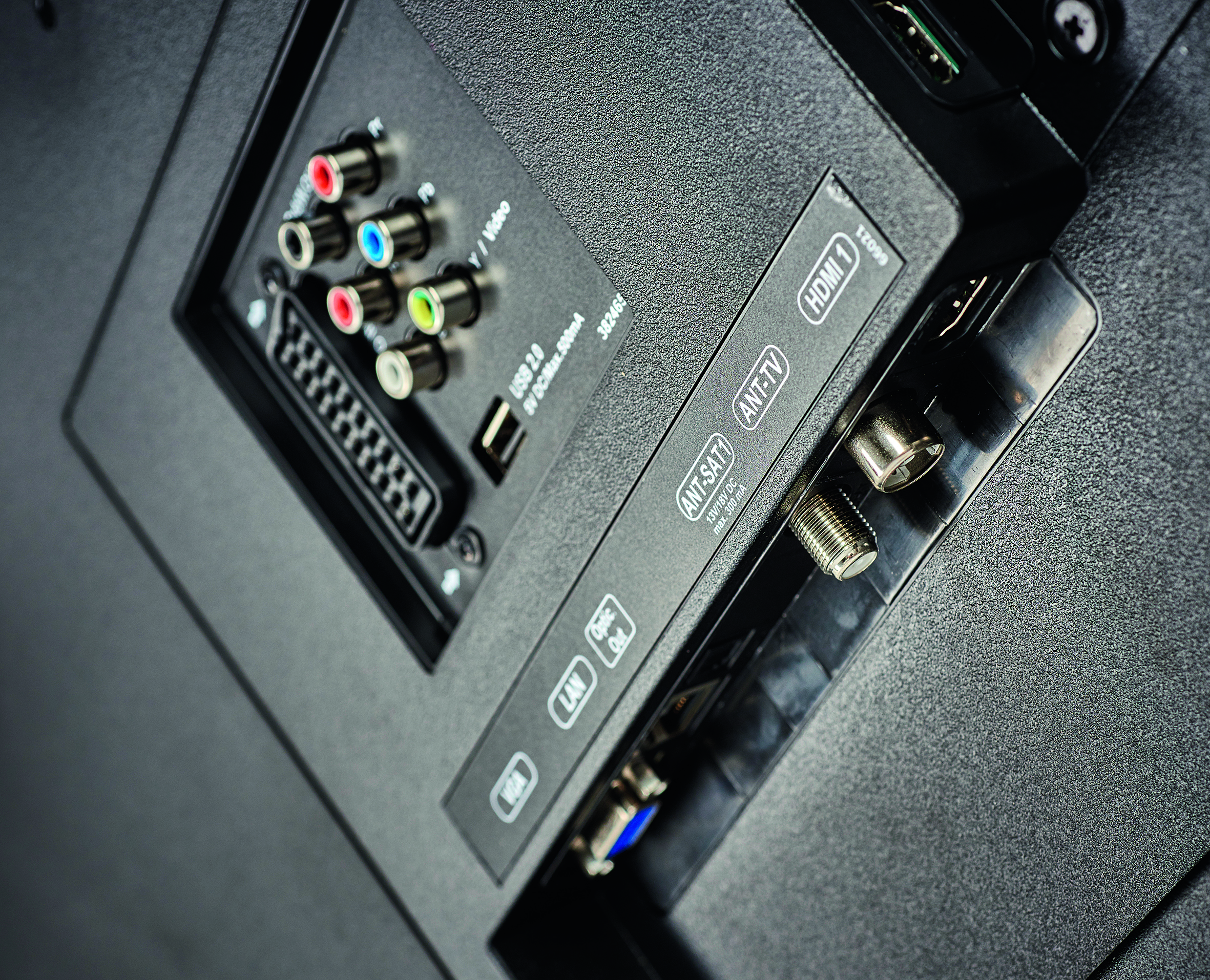
All 4K TVs will offer some level of connectivity for catch-up and streaming services. But their performances vary dramatically. Cello’s smart platform is an early iteration of Android. It’s essentially a mobile platform, and any callout to Netflix or iPlayer routes through the Google Play Store. Trying to navigate all this with an IR remote is a thankless task. The Cello’s main interface is a simplistic affair. Picture modes comprise Standard, Dynamic, Theatre and Personal, but there’s no option to tune or tweak images.
The Hisense H55N6800 has a far more contemporary outlook. It uses the brand’s Vidaa U interface, which is a customisable strip of services and apps, including Netflix, Amazon Video and YouTube, all in 4K. The provision of Freeview Play ensures that you get all the main catch-up services, including BBC iPlayer, ITV Hub, All4 and Demand 5. Netflix streams in 4K and HDR. Amazon streams in 4K. You want more? There’s Chili Cinema (no, we’ve never watched it either). Picture modes comprise Standard, Cinema day, Cinema Night, PC/Game and Dynamic. With HDR content, these become HDR Dynamic, HDR Day, HDR Night and HDR Game. Avoid the warm-colour temperature setting on HDR content, as this mutes contrast. Opt for Standard or Cool instead.
The Hisense H55N6800 has a more contemporary outlook than the Cello
Toshiba’s main menu is a vertical strip, with nested tabs. Picture modes comprise Natural, Cinema, Sports, Game and Dynamic. There’s the usual selection of image adjustments for contrast, brightness, sharpness and colour. An advanced mode offers Dynamic Contrast - Medium, High, Low or Off. Toshiba’s Smart portal is a little creaky. It comprises a live TV window, with compartmentalised services and apps. Once again, Freeview Play ensures all main catch-up services are available, as well as Netflix, YouTube, Chili and others. Both Netflix and YouTube stream in 4K.
TEST 02: WINNER
HISENSE H55N6800
With its modernistic user interface, well-appointed streaming apps and versatile picture adjustments, the Hisense has a clear advantage over its low-cost rivals.
TEST 03: Picture quality

The Cello’s 4K picture performance is decent. HD images look crisp, while 4K sources are detailed. Colour performance is routine, though limited contrast means the set does crush out black detail. It’s not bright, even for an SDR (standard dynamic range) TV. We measured a full-white field at 175 cd/m2, but backlight uniformity is good. The Cello doesn’t have any interpolation modes to retain motion detail, which is bad news for sports fans. However, even though it has no dedicated Games mode, the screen delivers an impressive 30.3ms response time in HDMI video mode, and improves to 26.5ms when you use the HDMI PC mode.
The Toshiba’s picture quality is moderately more impressive than the Cello’s, thanks to a combination of fine detail reproduction and wide colour support. It may be an SDR set, but its Dynamic mode is a decent simulacrum of HDR. Backlight uniformity is splashy, though letterbox bars do look black. It’s a bit prone to banding and polarisation. The Toshiba also has no image interpolation modes, which means it can’t hold detail in fast-moving scenes and suffers judder with horizontal pans. Brightness is about par for an SDR set of this calibre. A full-screen white field was measured at just over 230 cd/m2 (in Natural mode).
The 50-inch Hisense is more dynamic, thanks to HDR10 support
The 50-inch Hisense is comfortably the best picture performer of our bunch. For starters, it’s much more dynamic, thanks to HDR10 support. We measured peak whites at just over 515 cd/m2. This is enough to give a naturalistic lift to highlights, and helps tone-map HDR material. Colour performance is excellent. Motion handling is governed by Hisense’s Ultra Smooth Motion processor, which deals with judder reduction, but introduces motion artefacts. For sports we recommend Clear, but for movies, image quality is definitely best with Ultra Smooth Motion turned off.
TEST 03: WINNER
HISENSE H50N6800
With a significant HDR performance, excellent fine detail and rich colour fidelity, the dynamic Hisense lords it over duller SDR 4K rivals.
The overall winner is... Hisense H50N6800
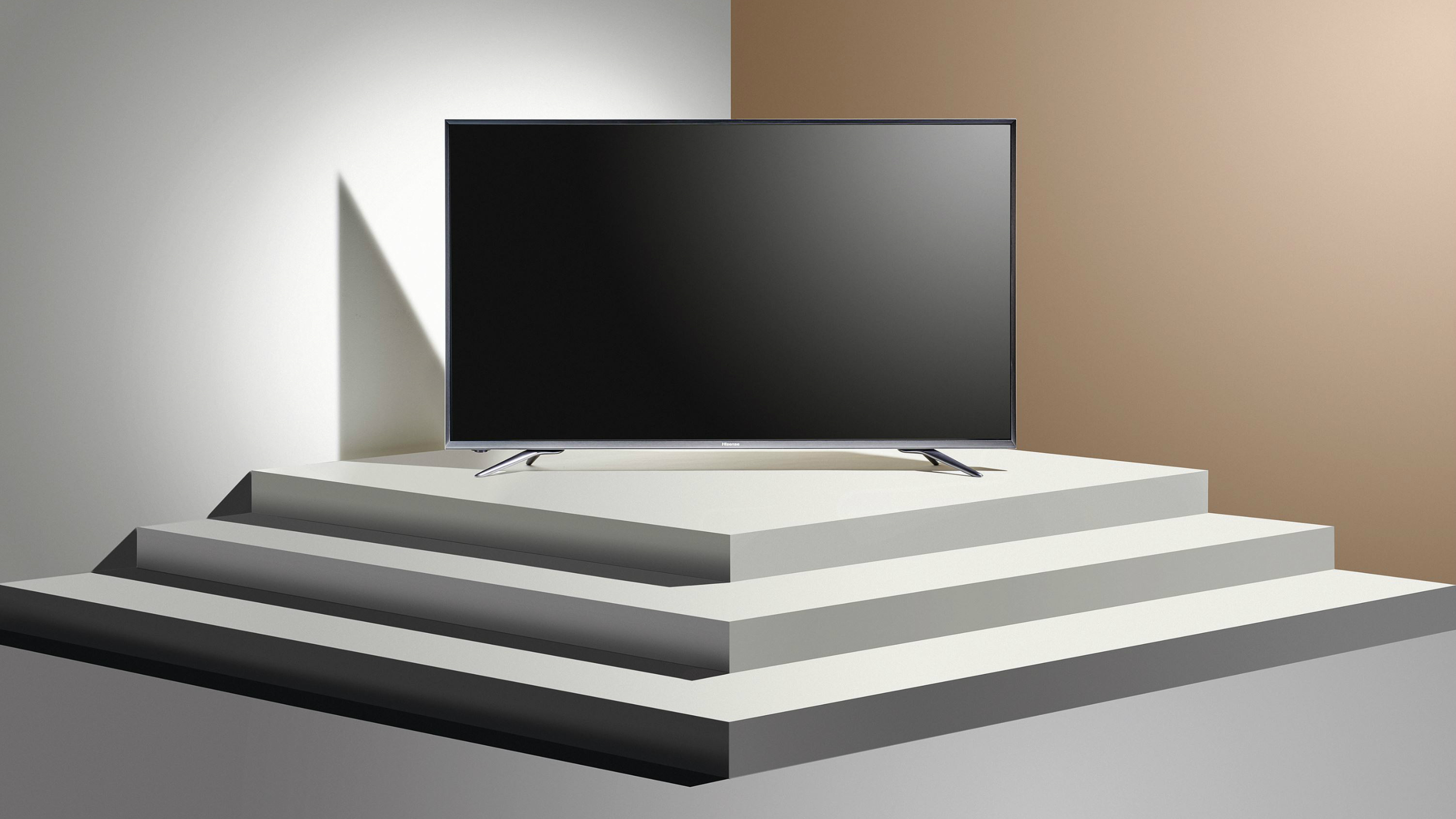
We're impressed: This feature-packed, 50-inch cheapie allies solid picture quality to effective HDr and ripe colours. a modern interface offers all the benefi ts of Freeview Play. We like its minimalistic design too, and were impressed with its potential as a gaming display.
We'd improve: Inevitably, the wafer-thin design translates to crappy audio. you’ll need to budget for an external sound system. Only two HDmis support full-fat 4K.
The final word: This Hisense doesn’t noticeably skimp despite the low cost. its HDr is great for the price, and the connected platform does the job.
For over 25 years, Steve has been casting his keen eyes and ears over the best that the world of TV and audio has to offer. He was the creator of Home Cinema Choice magazine, and contributes to huge range of technology, home and music titles along with T3, including TechRadar, Louder, Ideal Home, the i newspaper, and more.
-
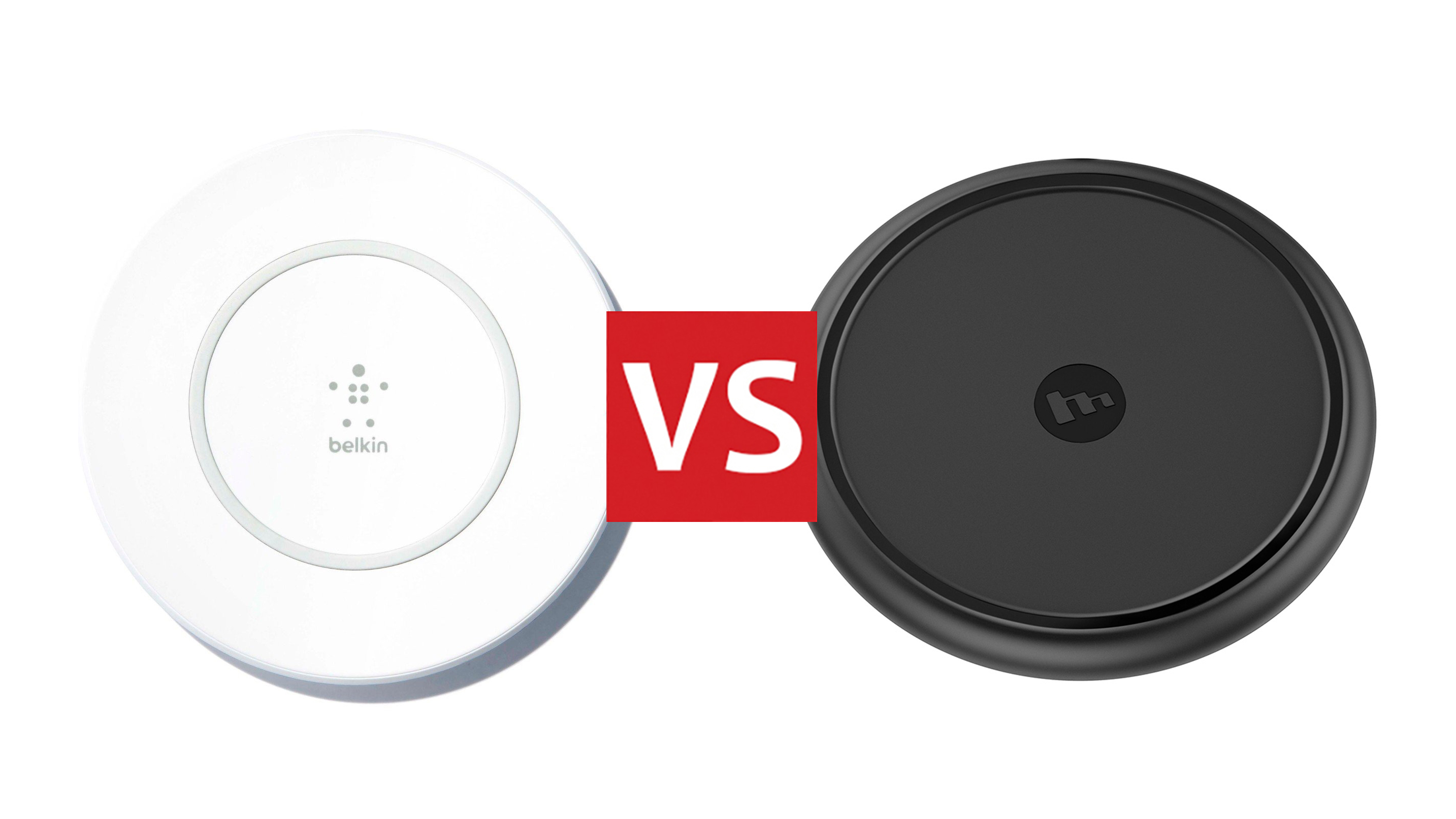 Mophie wireless charging base VS Belkin Boost Up wireless pad
Mophie wireless charging base VS Belkin Boost Up wireless padWhich of these QI wireless charging pads is worthy of your money?
By T3 Magazine
-
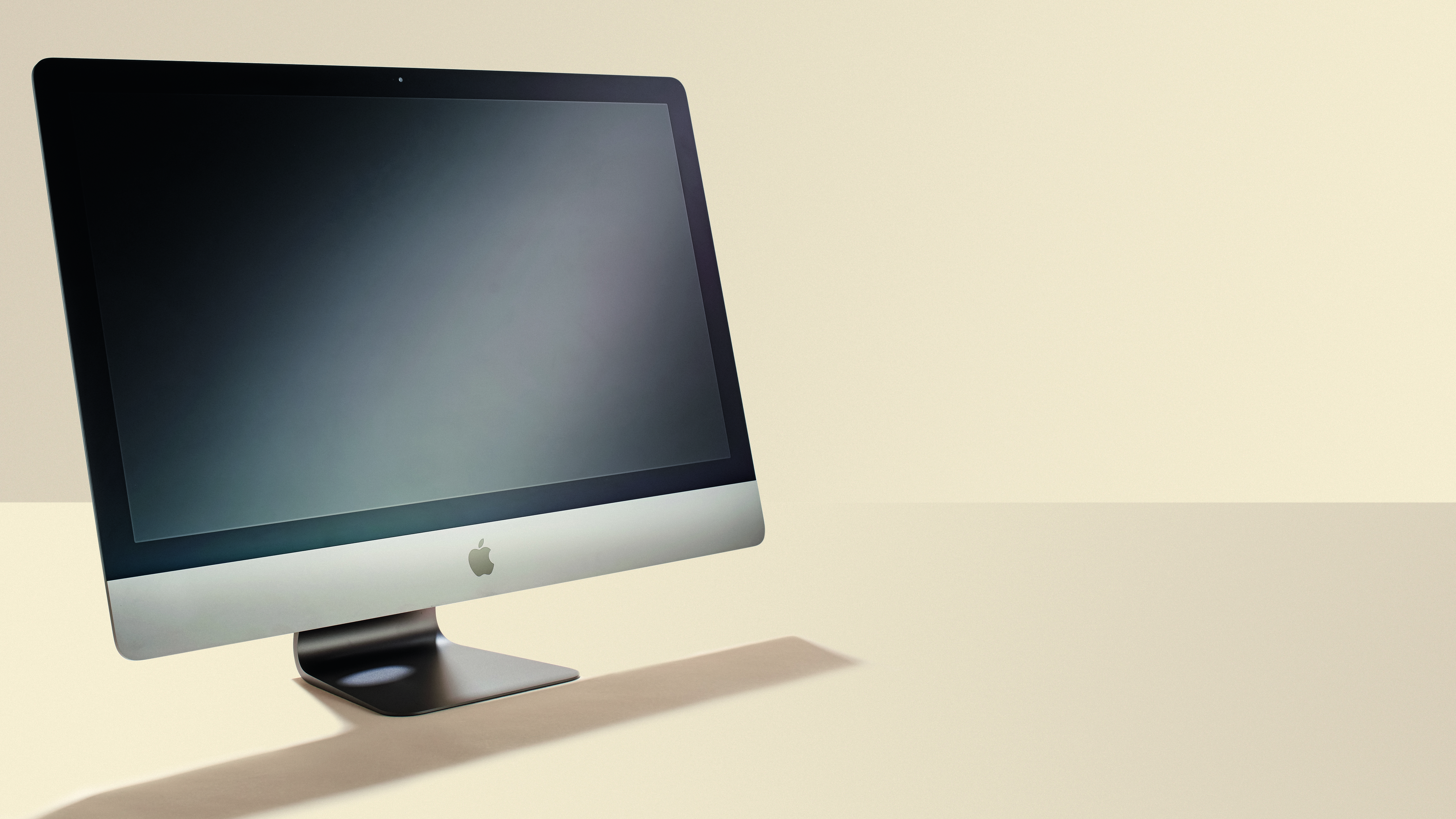 Apple iMac Pro review: is this really the pro-level beast Mac users have been waiting for?
Apple iMac Pro review: is this really the pro-level beast Mac users have been waiting for?Apple unleashes its most powerful desktop ever
By Matthew Bolton
-
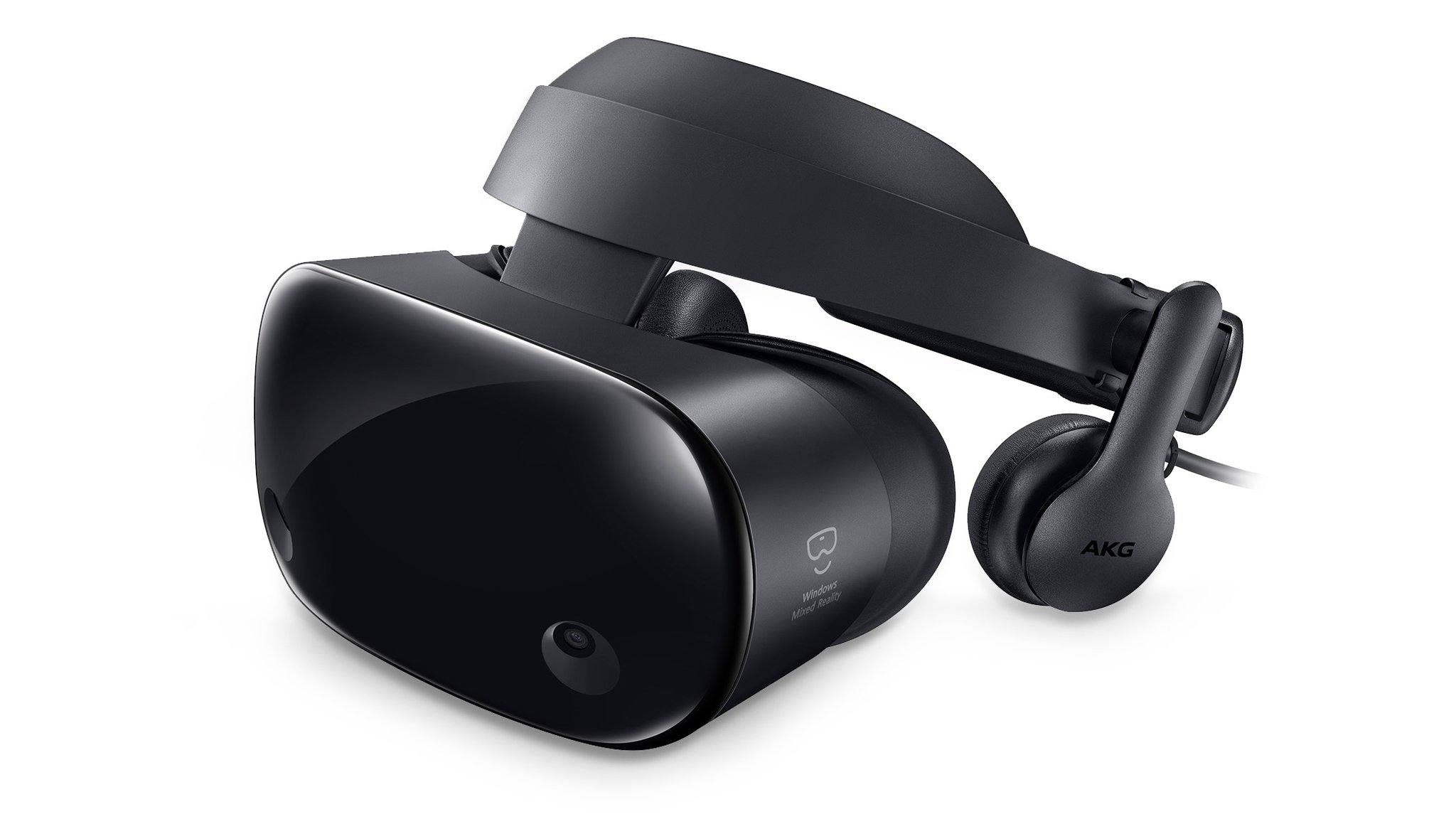 How the Samsung HMD Odyssey takes mixed reality to the next level
How the Samsung HMD Odyssey takes mixed reality to the next levelPrepare for the real world and the virtual to combine in a spectacular, never-seen-before way
By T3 Magazine
-
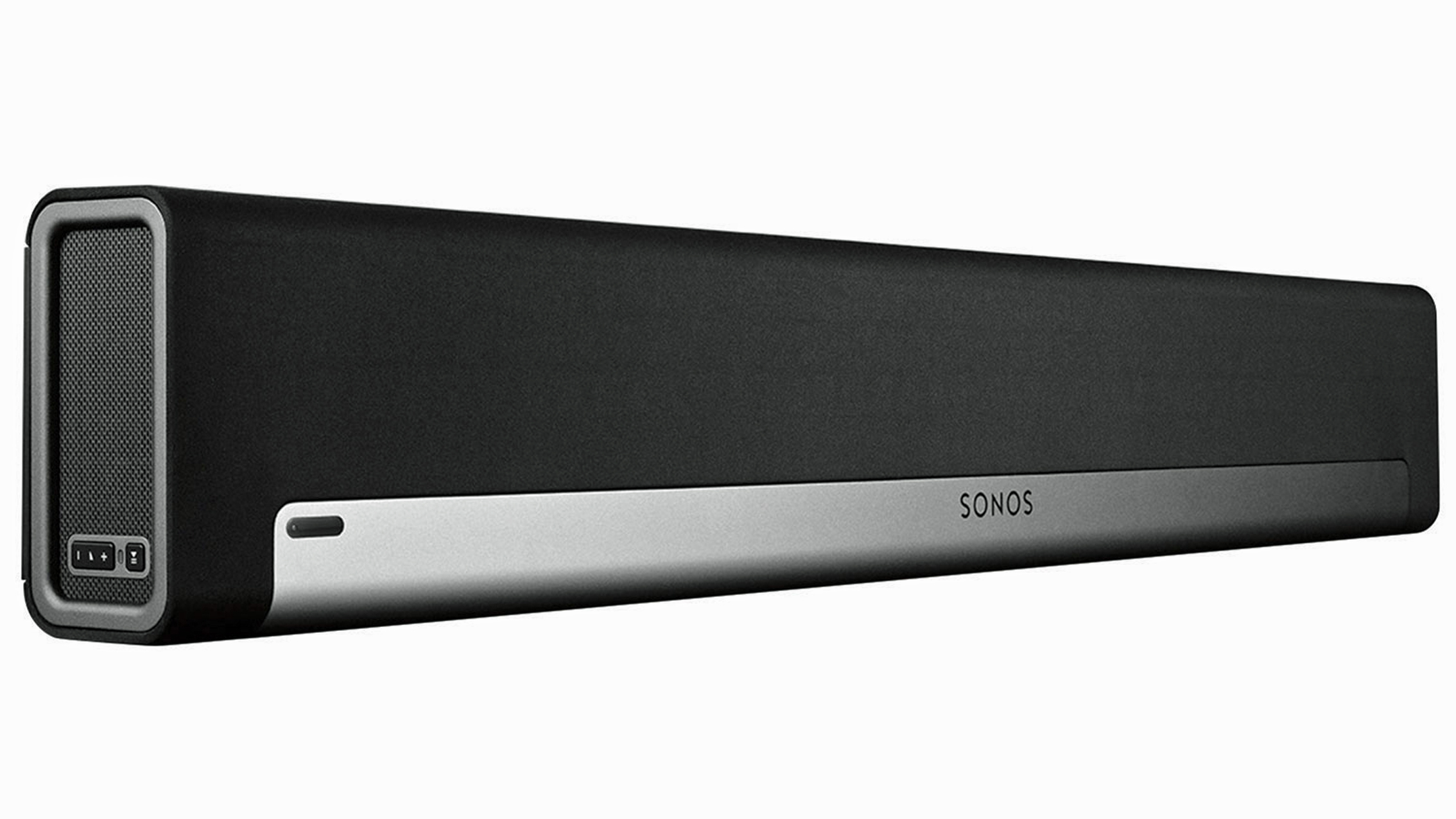 "What’s the best TV for a Sonos PLAYBAR, Gadget Guru?"
"What’s the best TV for a Sonos PLAYBAR, Gadget Guru?"T3's wizard of all things wired answers your critical tech queries
By T3 Magazine
-
 "How can I make sure my phone isn’t spying on me, Gadget Guru?"
"How can I make sure my phone isn’t spying on me, Gadget Guru?"T3's technomancer-in-chief answers your burning questions
By T3 Magazine
-
 Making magic: how Disneyland Paris' most famous rides are designed and built
Making magic: how Disneyland Paris' most famous rides are designed and builtT3.com speaks to the ride creators to find out what goes into building a new kind of fun
By Matthew Bolton

